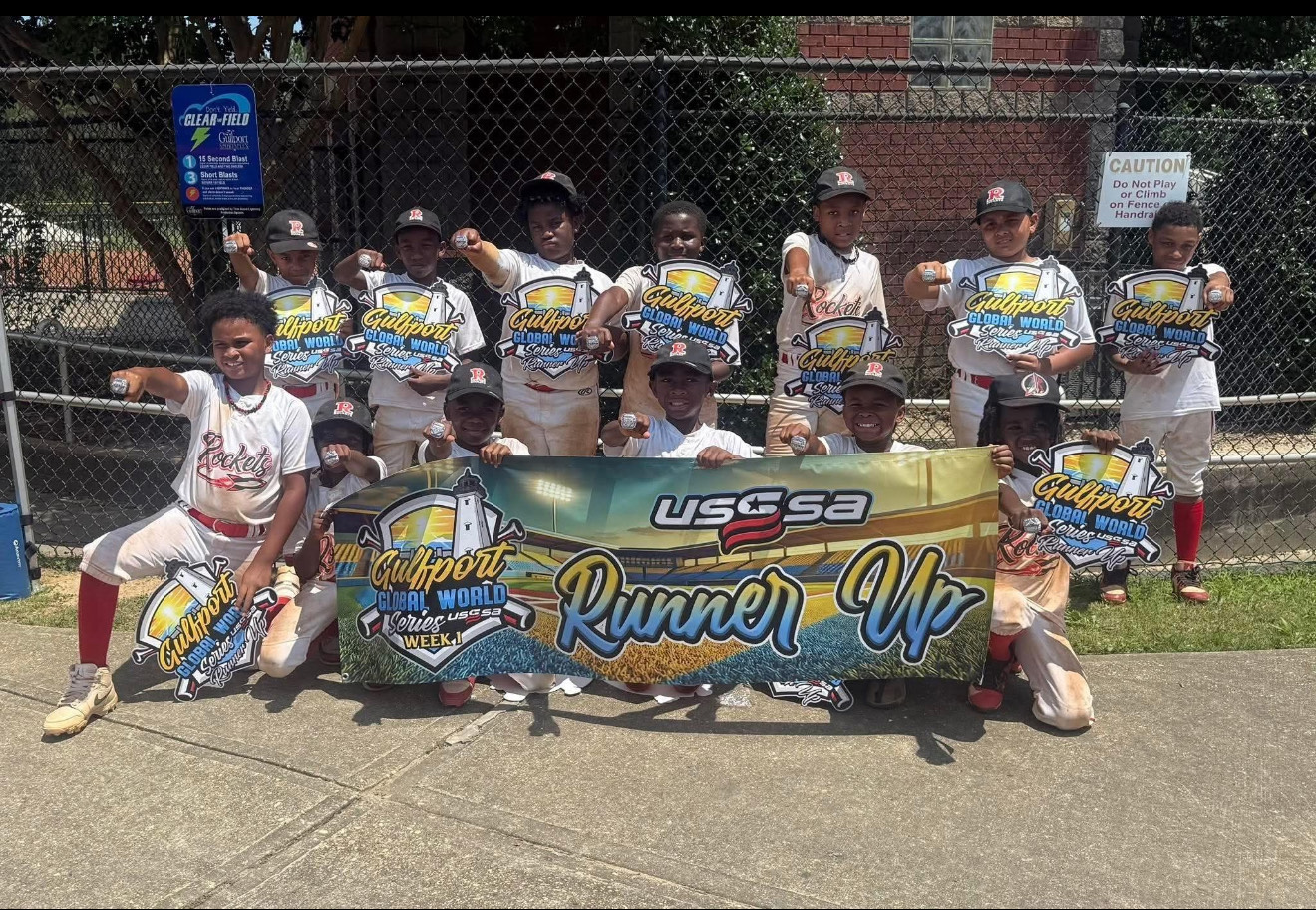Family Ties
Published 12:00 am Saturday, March 24, 2001
MARY ANN FITZMORRIS
Turning garbage into gold while recycling Finally, the Cub Scout Banquet we’ve been waiting for just happened. I’ve been counting the days for weeks. Not because my son was to be honored in some fashion (he was). Not because this event was grander than others of its kind (it wasn’t). I have been anxiously awaiting the Cub Scout Banquet to get rid of all the empty two-liter bottles and gallon milk jugs which had taken over the kitchen. My husband has been collecting them for weeks since we were assigned the task of making iced tea for the event. They were stacked all across the back kitchen counter, upside down, to drain from the serious washing necessary to collect empty milk bottles. Nothing can turn a recycling project sour faster than the smell of aged milk. So, each of the bottles was balanced precariously close to each other. One errant corner of a dishtowel sent them falling like dominoes. Fortunately the toilet paper rolls my daughter had to collect last summer didn’t take up as much room, but heaps of empty toilet paper rolls have even less eye appeal than rows of draining milk jugs. The craft needs of a child’s school or other organization can turn a house into a recycling plant. I don’t know when such ideas came into fashion, but it goes back at least to my youth. I remember my mother trying to save eggshells for the school fair. This was before Silly String replaced smashing confetti eggs as the school fair’s most thrilling wallet drainer. Each year, as the confetti egg demand grew, the period of the Long Breakfast could stretch on, sometimes for weeks. I don’t remember how the school bribed the kids for this, but it must have been good. We were very patient while we waited for breakfast, or was it just so entertaining? We watched as my mother would wrestle eggs, carefully inserting a small hole at one end, and shake the entire egg out through the hole. Then she had to thoroughly wash the eggshells. House-hold recycling plants must also be free of salmonella and the smell of rotten eggs. There were contests for this eggshell collection, and some kids would have enough egg cartons to fill a delivery truck, although they carried them stacked in their arms. The mother must have watched nervously to make sure the delicate fruits of her labor made it to the teacher, who carried this garbage to a room with walls of confetti eggs. This room was locked and guarded, a little like Fort Knox. In a way, I guess it was. Many years later, I tried this egg challenge myself. After a few of these, the holes to be stuffed got larger and larger. Soon I had worked my way to half an eggshell, rationalizing my shoddy workmanship with the mental reminder: “Those kids don’t care. They just want their half second of smashing bliss.” The eggshells were hoarded behind the microwave which was on top of the refrigerator. One day, in an effort to cram more stuff up there, I pushed so hard the entire collection fell behind the coils of the refrigerator. I could hear eggshells breaking, but it wasn’t too loud. Like I said, those holes had gotten to be BIG. Shortly after the crash of the eggshells, the school decided to eliminate confetti eggs from fair festivities. The ratio of disappointed kids to relieved moms was about even. I had already chosen on my own to remove this eggshell challenge from my list of skills to hone. The one garbage collection project I never got into, even briefly, was baby food jars. This was a timing thing. My daughter was well out of baby food before my son started school. Besides, I always found that project a little troubling. If there is any segment of the population with absolutely no time to engage in the process of washing, saving, and stacking garbage for school projects, it’s a mother with a child small enough to use baby food. There is only one incentive, or rather threat, tempting enough to lure an exhausted postpartum mom into such a nuisance. That would be the happiness of the older sibling, of course!




